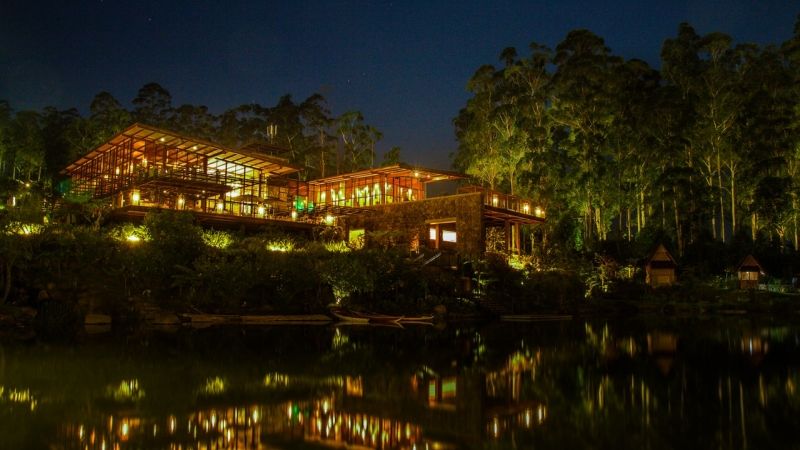Whether you’re a boutique property, an upscale resort, or anywhere in between, all hotels endure days, weeks, and months when vacant rooms outnumber full ones. Every hotel or resort has a slow period, an off-season when a hush falls over your property and your hotel marketing team is scrambling for ways to fill rooms.
While we can all dream about one day enjoying a bustling hotel year-round, until then let’s carve out hotel marketing strategies to fill rooms and boost revenue during your low-demand periods.
Discover how to fill hotel rooms during a slow period:
1. Plan need dates way ahead of time
Get to know the ebb and flow of your occupancy. What are the weekends, weeks, months when your hotel slows down? Review your hotel’s year forecast and identify the times that occupancy has been consistently low. The earlier you start planning for your need date period, the more time you have to brainstorm with your team and build effective strategies to boost room bookings during that time. You should be developing your strategy two to three months in advance.
Check out our guide for digital marketing during slow times
2. Look to major destination events
Compile a list of any major landmark milestones or groundbreaking events that your popular attractions are celebrating during that time. If your art museum is presenting a special Andy Warhol show or a major attraction is celebrating an anniversary, approach them to be their official host hotel for the event. You’ll usually have to pay-to-play for this type of partnership, but you’ll get massive exposure with an exclusive link on their website and other marketing collateral promoting the event. Amp up your value even more by offering an incentive to book with your hotel, such as a free Uber or Lyft ride to get to the event. Or, another form of complimentary transportation to and from. This type of partnership is competitive, so act quick before another hotel nabs the ‘official hotel’ spot.
3. Leverage smaller, but still popular local events
Restaurant weeks, festivals, marathons, parades, state fairs. Pull together a list of events that would attract your target market and fall during your slow period. Work out a special deal just for attendees, like a discount when they show you their ticket stub upon checkout. Work with the event organizers and your CVB for additional placement on their marketing materials and advertising of your discounted rate. Simply leveraging an event and creating a partnership with event organizers can nudge a visitor to choose your property over another.w
4. Give a strong incentive for previous guests to recommend your property
Airbnb has exploded their reach with this tactic. They give out codes to current Airbnb users to pass along to their friends. Then, once a friend uses the code to either host or travel with Airbnb, the original user gets up to a $75 credit. Replicate this idea to multiply your exposure. Develop a special ‘Share the Love’ offer during your need date periods. Send a specific promo code to your previous guests in a post-stay email, and ask them to share it with their friends and family (Airbnb makes it easy to post the code to Facebook). Then award your guest with hotel credit or a percentage off whenever one of their friends uses the code. Make sure to include blackout dates, so your hotel can only expect reservations during slow periods.
This type of ‘tell a friend’ promotion incentivizes word-of-mouth marketing and can ultimately fill vacancies during your off-season. Spread the word by creating specific landing pages dedicated to your off-season marketing campaigns, invest in PPC and Facebook advertising to drill down on specific audiences, send out email marketing in advance, and post frequently to your social media channels. Ramping up your specials ahead of time can actually drum up excitement to stay with you during the off-season.
Up next, learn more about getting more SMERF business.
Fill more rooms with our hotel sales solutions
Written by Junvi Ola.






